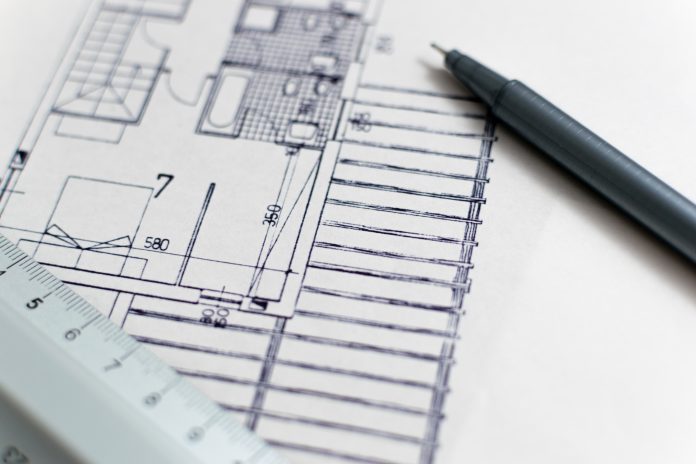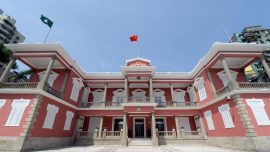Lusophone architects represent 18 per cent of the world’s professionals, a “significant” percentage, Rui Leão, president of the International Council of Portuguese Language Architects (CIALP) – which celebrates 30 years of existence this year – told Lusa.
The non-governmental organization (NGO) is formed by members of the professional architectural orders of Portuguese-speaking countries and territories, which “represent a population of more than 230,000 architects”, which corresponds to “18% of the world’s architects”, said Leão.
The president of CIALP recalled that the NGO, created in 1991, and comprising Brazil, Portugal, Angola, São Tomé and Príncipe, Cape Verde, Guinea-Bissau, Mozambique, Goa and Macau, “precedes the creation of the CPLP [Community of Portuguese Language Countries]”, founded in 1996, defending the importance of the association to promote “shared culture” in these territories.
“Architecture, food and language are things that are at the root of our meeting,” he said. “What binds us is very strong, it has to do with a way of being and understanding the world, which is very unique, and which goes beyond all dimensions of the colonial and post-colonial, because in fact what we share is immeasurable “he defended.
“It’s a cultural expression that crosses all these spaces, regardless of what separates us,” he added.
According to Leão, who has chaired CIALP since 2016, the organization has promoted the exchange of experiences among its members, such as “a volunteer program with the Government of Brasília, for four years, of urban management in the favelas”, which allowed that “African, Portuguese and Macau architects could work directly with the communities in the 10 main favelas” of the Brazilian capital.
“A huge learning experience on both sides of the Atlantic”, said Leão, who would like to “continue to explore” this type of approach in Africa as well.
“Brazil is very innovative in this area of reconversion of slums and the application of microfinance and self-construction, and these are answers that apply completely in the cities of Angola, Cape Verde, Mozambique and Guinea-Bissau”, defended the architect, who lives in Macau.
To mark the 30th anniversary, this year the NGO is organizing a series of four web seminars on “Lusophone heritage”, which kicked off today with a lecture on Portuguese architectural heritage in Africa, with the participation of Angolan architect Francisco José Miguel and Mozambican Luís Lage, as well as Victor Leonel, vice president of CIALP and president of the African Union of Architects.
The series, which runs until December, also includes lectures on Portuguese-speaking heritage in Asia, “with emphasis on Goa and Macau”, Brazil and Portugal, on dates yet to be scheduled, said Rui Leão, stressing that, despite many studies of Portuguese architects about the colonial architectural heritage, it is important to listen to professionals in the countries where it is located.
“Some of us have had a voice for 500 years and others only gained a voice 40,” after the 25th of April, he said, defending that “it is important to have interpretations coming from Angola, Mozambique” and other member countries about the Portuguese heritage heritage .
As part of the 30th anniversary celebrations, CIALP will also open, on July 18th, the video-exhibition “Diálogos Emergentes”, a film showing the work of 11 architects from Macau, Goa, São Tomé, Guinea-Bissau, Mozambique, Cape Verde, Brazil and Portugal, in the area of housing.
The film, made in partnership with Dinâmia’CET-IUL (Center for Studies on Socio-Economic Change and the Territory of Iscte), with the support of the Camões institute, “will show the enormous diversity that exists in these countries, in form. of building and making the city”, showing at the same time a lot that unites them, said Rui Leão.
CIALP, a non-profit private law association, headquartered in Lisbon, is made up of professional associations of architects from Portuguese-speaking countries and territories, and is an institutional partner of the International Union of Architects (UIA) and an advisory observer of the CPLP.





















